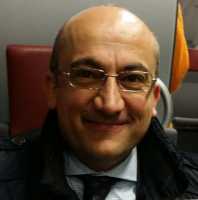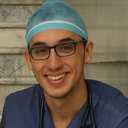AHA Journals, Author Interviews, Heart Disease, Surgical Research / 30.10.2020
Reversal of Heart Failure Using Left Ventricular Assist Devices
MedicalResearch.com Interview with:
Stavros G. Drakos, MD, PhD, FACC
Professor of Cardiology
Univ. of Utah Healthcare & Medical School and the Salt Lake VA Medical Center.
Dr. Drakos is Medical Director of the University's Cardiac Mechanical Support/Artificial Heart Program
Co-Director Heart Failure & Transplant and Director of Research for the Division of Cardiology
MedicalResearch.com: What is the background for this study?
Response: Heart transplantation and LVADs are first line therapies for advanced chronic heart failure. There were some earlier anecdotal observations and single center small studies from several programs in the US and overseas that left ventricular assist devices (LVADs) significantly reduce the strain on failing hearts and in some cases, using LVADs for limited periods of time has allowed hearts to “rest” and remodel their damaged structures. As a result of these repairs, described as “reverse remodeling,” heart function can improve to the point that the LVAD can be removed.
The new study sought to broaden the reach of the research with a multicenter trial involving physicians and scientists at the University of Utah Health, the University of Louisville, University of Pennsylvania, the Albert Einstein College of Medicine/Montefiore Medical Center, the Cleveland Clinic, and the University of Nebraska Medical Center. (more…)













